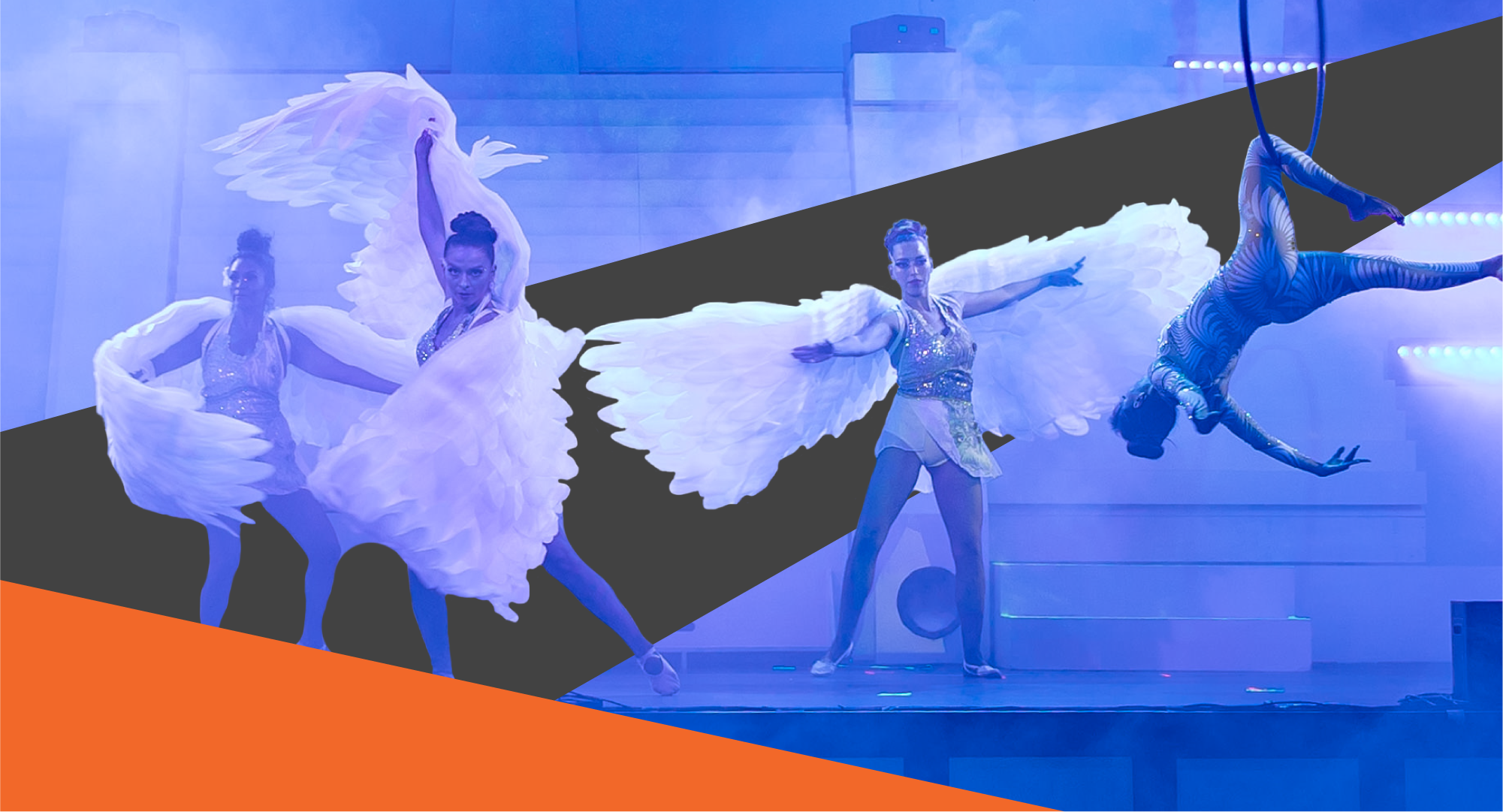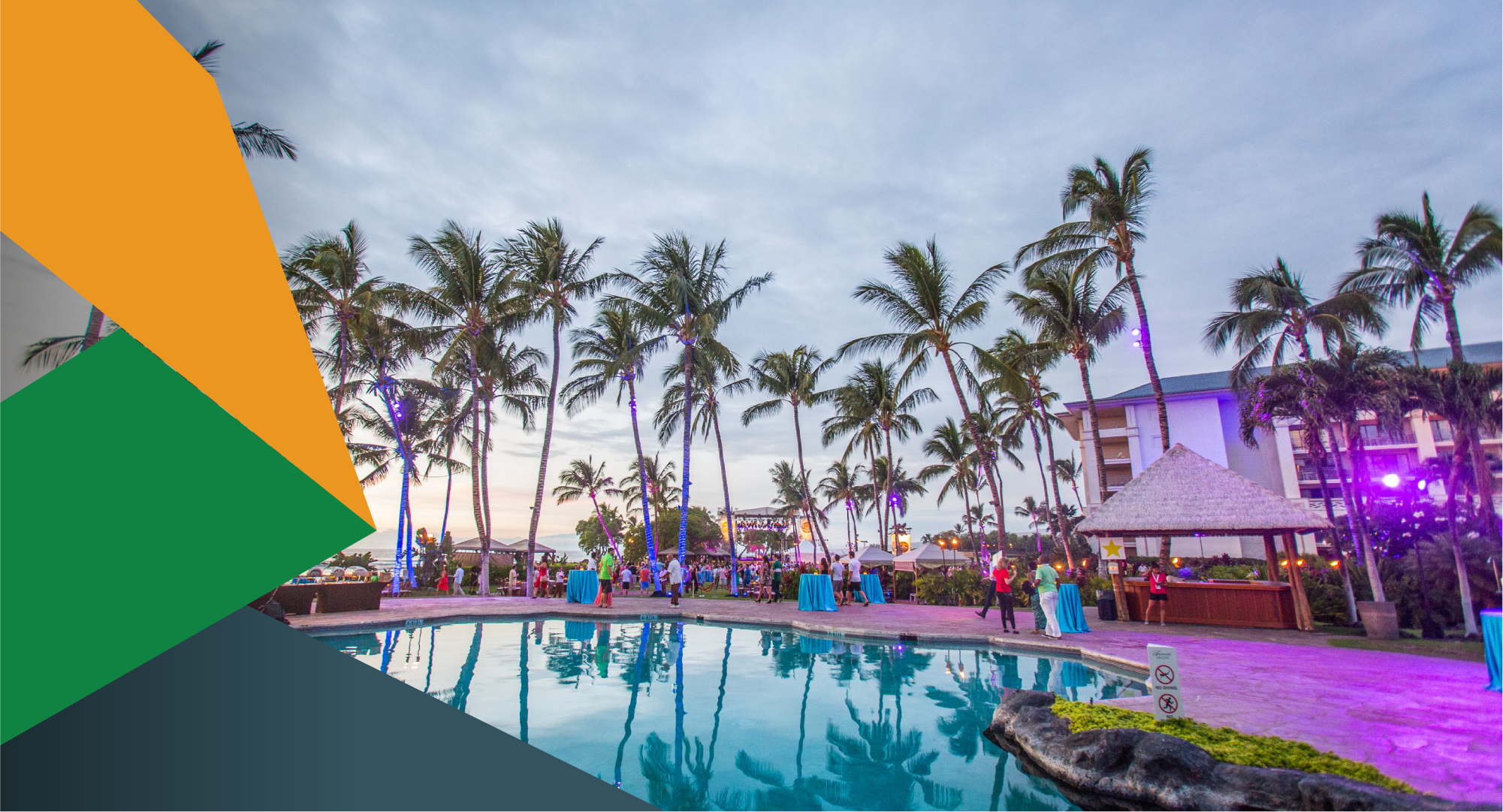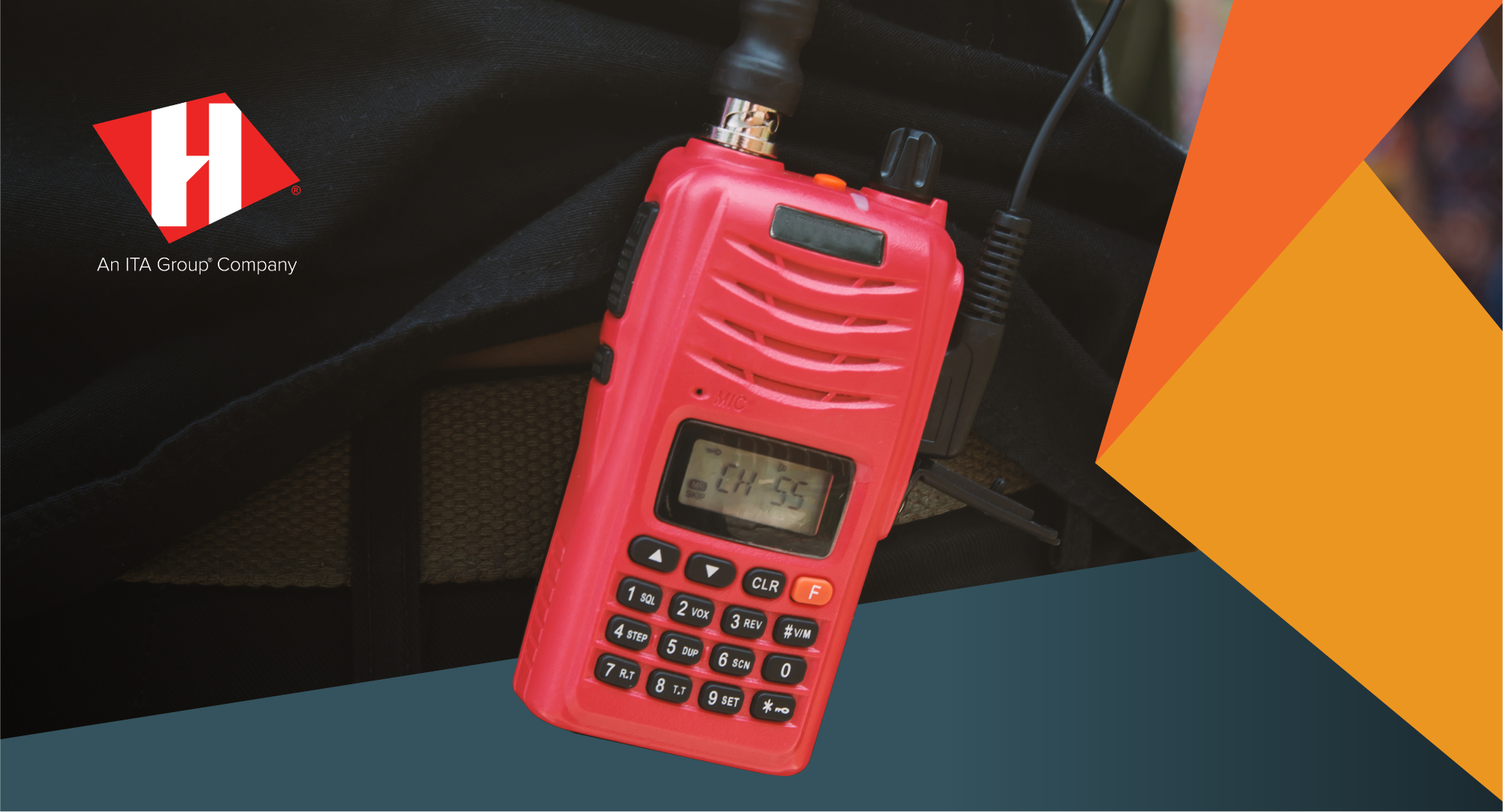Secrets to a Captivating General Session From an Immersive Events Expert
Thursday July 11, 2024
5 Min Read
What you need to know
- Speakers should prepare a succinct presentation formatted to storytelling conventions.
- Coaching and practice help speakers gain the confidence needed to flex to audience feedback.
- Elements like set design and gamification amplify audience engagement.
Inspiring corporate event audiences to perk up and engage at an 8 a.m. general session isn’t easy. Delivering interesting and memorable presentations is an art. We asked Senior Creative Director at Hartmann Studios, Ryan Girard for his secret to helping speakers feel confident in front of a crowd.
Ryan is a seasoned event pro who brings his experience as an actor, host and scriptwriter to design and deliver captivating sessions. When he steps on stage, he has one goal: connect quickly. He aims to make everyone in the room feel like he’s speaking straight to them.
Ryan coaches leaders at every level on building a charismatic stage presence. He knows that giving a memorable presentation takes more than a smart event script. He shared ways to make a general session truly motivational. And how to stand out by incorporating spectacular event design and immersive experiences.
Q: How can an event speaker unlock their authentic voice on stage?
Presenting is hard. Authentically presenting is even harder. Too many speakers pack presentation slides to convey expertise. Text- and photo-filled slides might feel like a way to stay on track and help your audience follow along. The opposite is true. Dull templates or cluttered designs distract people and cause them to tune out.
Storytelling techniques and simple language will draw your audience in much more powerfully than charts and graphs.
- Start by trimming your main message to a simple phrase that’s easy to repeat.
- Take voice notes, record yourself and then refine your script based on how you’d naturally speak and share information.
- Find your beats and define key moments. Support those with compelling visuals and build flexibility around the rest.
How you say the message is as important as what you say.
- Experiment with cadence.
- Try speeding up or slowing down your voice.
- Pause to emphasize certain points.
- Let genuine human emotions come through.
- Vary your inflection so you can evoke feelings in your audience. Make them laugh, make them cry and give them a bumper-sticker-sized takeaway to remember you by.
Q: Can you break down what quality event speaker preparation looks like?
I’m a big proponent of enlisting a speaker coach. Outside feedback makes presentations better and rehearsing more productive. We’ve all seen award shows where professional actors’ on-stage remarks fall flat. Usually, it’s because they’re seeing or saying those lines for the first time in front of an audience, on camera and in the lights. Even the pros need to put in the time and effort to succeed.
Scripting might go through four or five drafts, or more, from outline to on-stage delivery. I’m constantly tweaking my own remarks to speak to specific audiences, too. When rehearsing, plan to run through a talk at least 10–15 times. Mark your emotions. Solicit feedback on flow. Consider where you can try to make eye contact with the audience. If you can pull together a dress rehearsal, on stage, with tech—always take the opportunity. Putting your content and delivery together with the technical side makes a big difference. Get used to lighting, cues and sound levels.
Q: What coaching would you give to improve event speaker stage presence?
Effective stage presence isn’t about being a “Big Personality.” Any presenter can develop presence through three things:
- Understanding your material.
- Presentation preparation.
- Flexing your response to the audience’s energy.
When you’re not caught up in reading slides, you can read the room. Where do they laugh? Are you getting blank stares in a certain spot? Are people shifting in their seats? Monitor verbal and nonverbal cues.
I always tell speakers: don’t memorize word-for-word. In fact, the best presentations feel more like a conversation than a monologue or lecture. Rehearse and prepare in front of trusted team members so you have enough confidence to improvise and even riff off feedback.
If the program is running way over schedule or you notice the audience’s attention is waning, condensing your presentation makes it more impactful. Have a shorter version in mind—don’t speak quickly to sprint through the same content.
Q: Let’s move beyond the event script. As a creative director, how do you ensure dynamic set design?
Whether you’re in a hotel ballroom or on stage at an arena, you need to bring your brand to life. Use screens, lighting and music to support the content and elicit an emotional response.
If your budget allows, make a statement with larger-than-life screens. Don’t just zoom in on the speaker, though. Create “There I am!” moments by featuring people who are having an emotional connection on screen. During high-energy segments, pan across as many people as possible. Screens can also support immersive experiences, like singalongs, live polling or other gamified elements. Think: Price is Right or Family Feud-style framing.
Dramatic lighting sets the tone. Keep the audience engaged with theatrical treatments, from spotlights to sweeping the crowd. Lighting can help with pacing and cue a transition. Providing participants with color-changing LED bracelets or glow sticks involves them in the effect.
And put as much thought into your playlist as you do your scripted content. Tempo. Lyrics. Volume. Consider it all part of an immersive experience.
Related: Explore ideas for designing innovative stage sets at any scale.
Q: What out-of-the-box event experiences enhance on-stage presentations?
Everything you do should show your audience they’re the most important people in the room. Big name celebrity keynotes might draw a small percentage of superfans, but they can also be pretty predictable.
One of the ways to build a reputation for consistently engaging content is to transform general sessions from passive “sage on a stage” presentations into time spent actively and enthusiastically learning. I’ve seen hands-on tabletop “escape room”-style puzzles encourage teamwork. Next-generation technology such as augmented reality sparks imaginations and a sense of play.
To be effective, gamified learning formats tie back into a compelling storyline. When you weave the company narratives seamlessly into event design, new ideas are digestible, engaging and inspiring.
Now that you’ve heard Ryan’s advice for preparing like a presentation pro: Learn what common event production pitfalls to avoid.
Read more stories
View AllAll Posts
Event Design for All 5 Senses
What you need to know When people ask about the lasting impression of an event, the question is often framed around flavor: What kind of taste did the experience leave? Content and messaging matter. But for creative event marketers who want to create a positive memory, incorporating multisensory elements is a must. Caring for the...
5 Min Read
All Posts
How Event Strategy Enhances Incentive Travel Experiences
What you need to know When top performers achieve career heights, they’re looking for more than spectacular views. Earning a corporate incentive trip signals entry into an elite circle. Especially when organizations merge luxury settings with high-impact events that participants could never coordinate on their own. Appealing to competitive personalities requires activations that go beyond...
4 Min Read
All Posts
How to Develop a Security Plan for Corporate Events
What you need to know Before attendees fully engage in an event experience, they must feel safe. That’s why security planning is foundational for successful live events, at any scale. From hosting a group of executives for an intimate dinner to a city-wide celebration in the streets: behind every seamless experience is a well-designed safety...
5 Min Read



